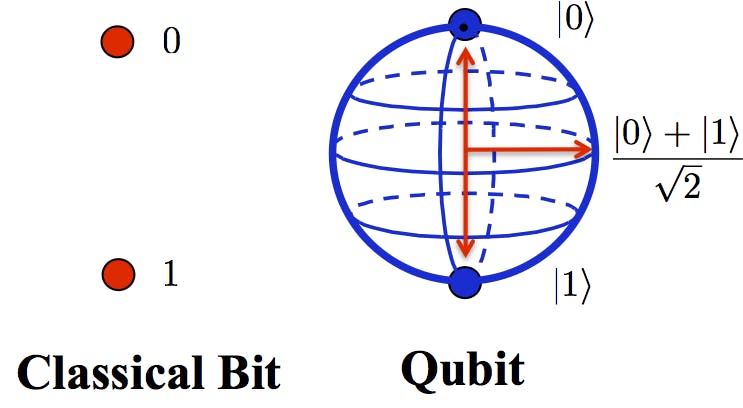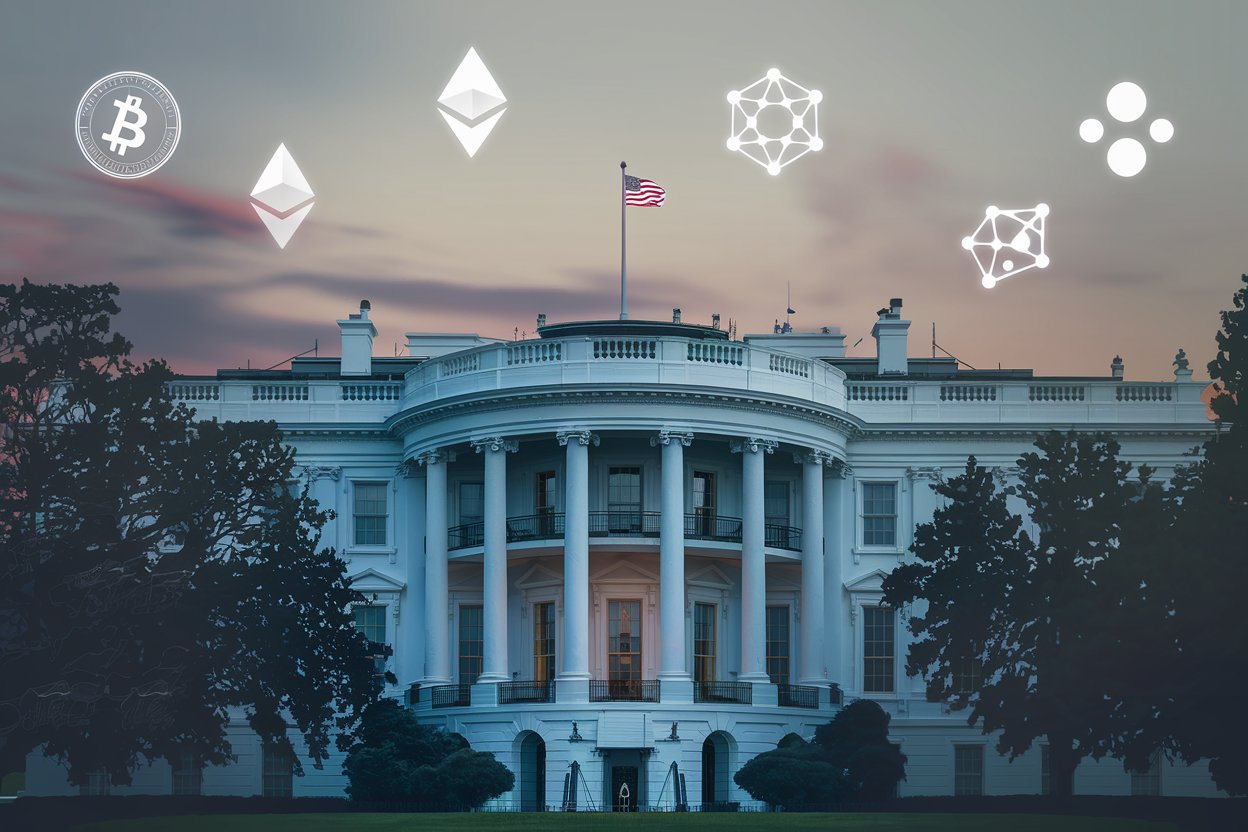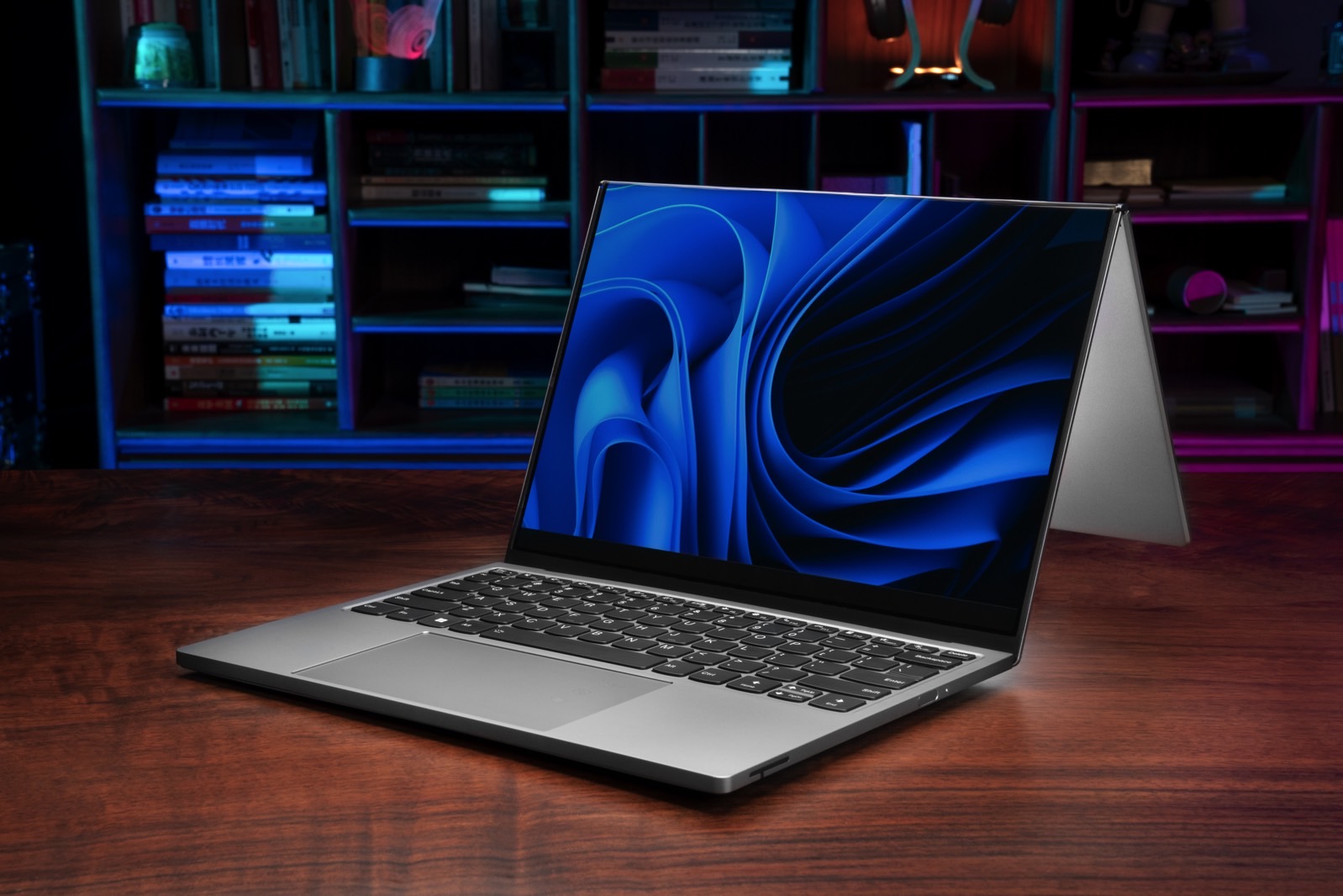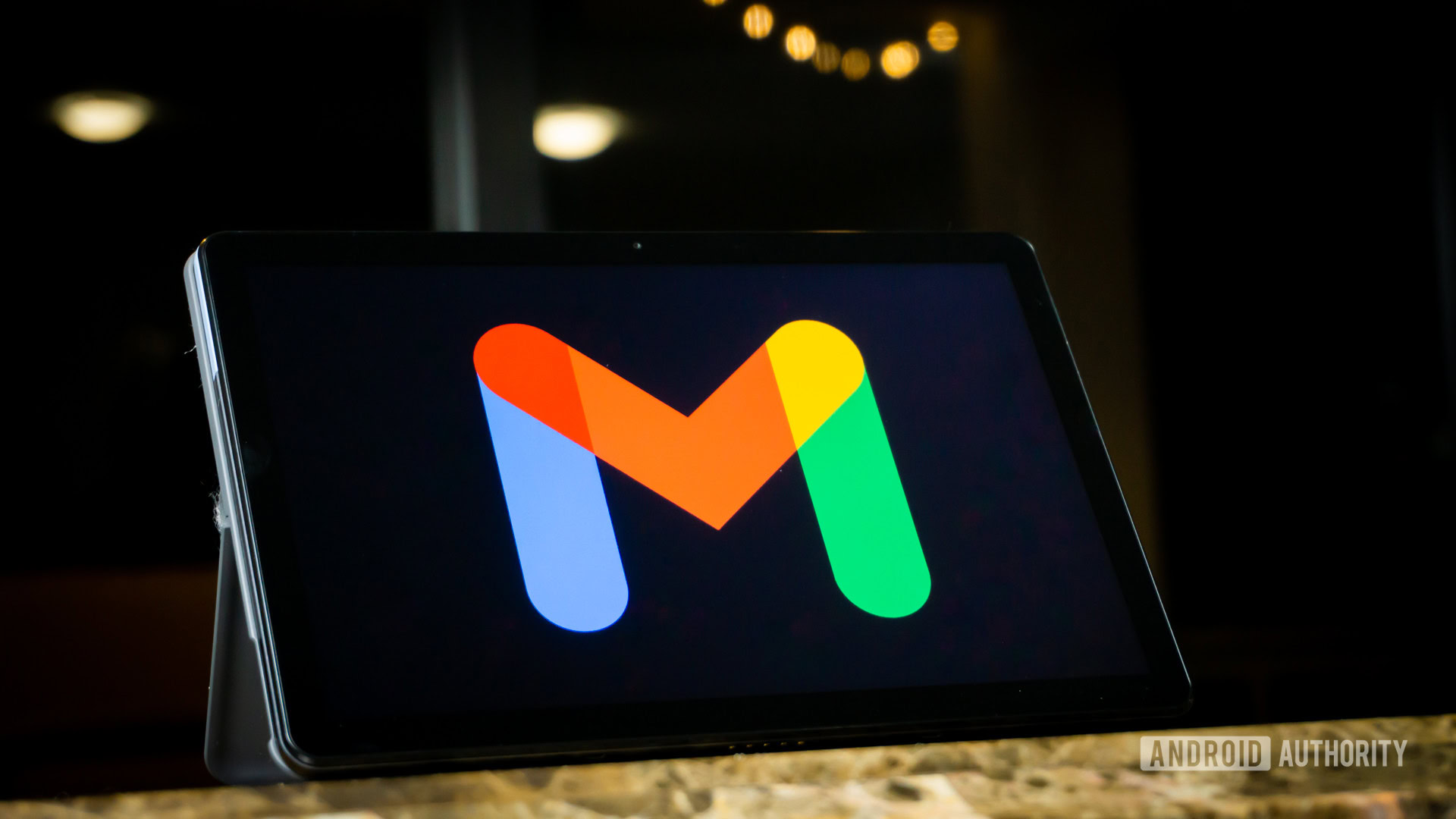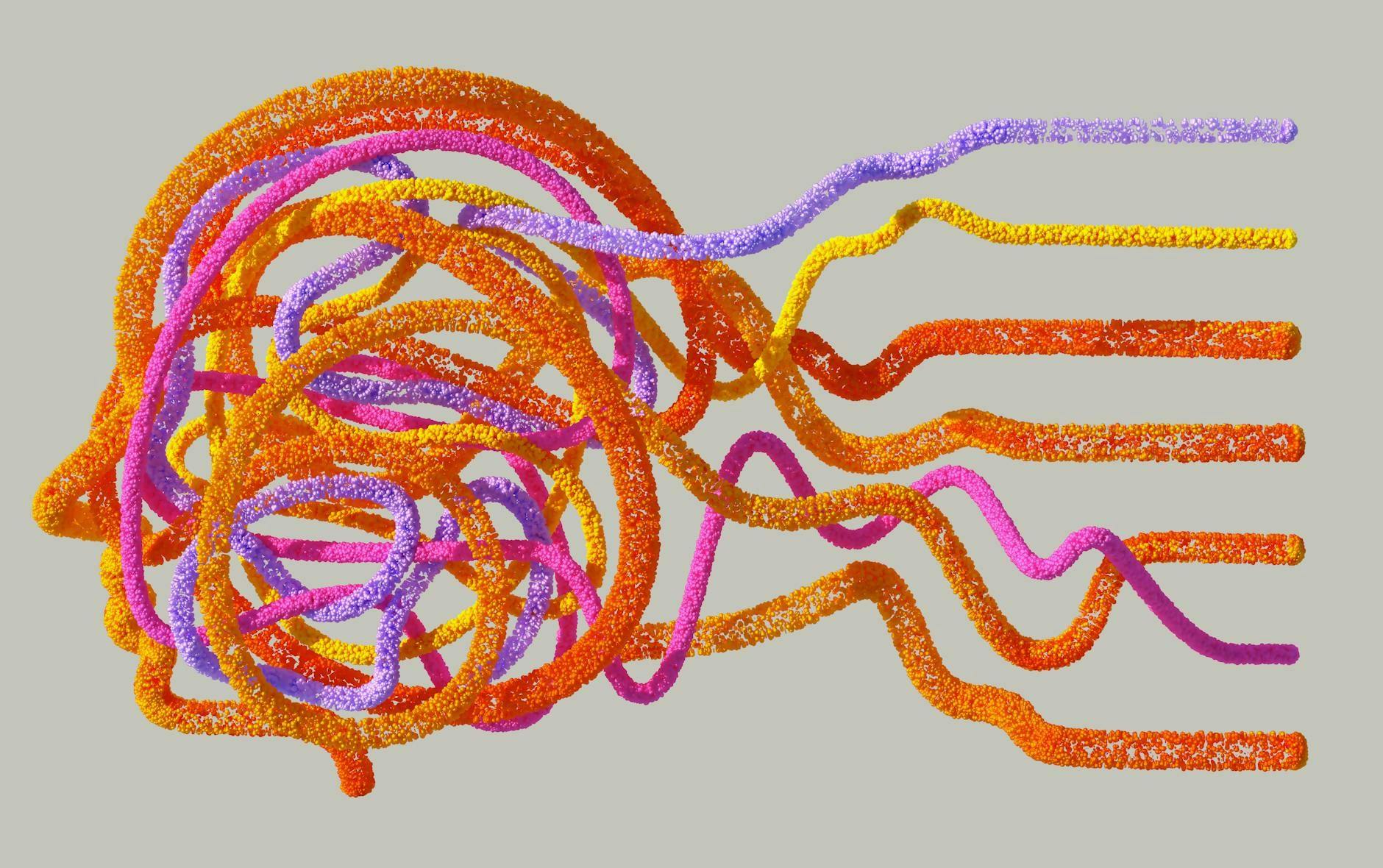Quantum computation will deliver significant advancements in processing capabilities, though current quantum systems remain in early developmental stages. A key area of research involves the possibility of simulating quantum behavior using classical digital hardware. This is precisely what researchers are investigating through Field-Programmable Gate Arrays (FPGA) based digital quantum coprocessors—specialized digital circuits that approximate quantum operations without the need for quantum hardware.
Evolution of Computing Architectures
The progression of computing architecture has undergone multiple stages. The Von Neumann architecture initially consisted of a single processor executing sequential instructions. Over time, advancements led to multi-core processors, which enhanced performance through parallel computation. As workloads diversified, the industry transitioned toward heterogeneous computing, where multiple specialized processors, such as GPUs, neural processing units (NPUs), and FPGAs, function alongside a primary CPU to improve efficiency.
Quantum computing follows a similar trajectory. Researchers have proposed heterogeneous (a system that uses multiple types of computing cores) quantum systems, in which a classical CPU is integrated with a quantum accelerator. This article explores a related concept—an FPGA-based digital quantum coprocessor, designed to operate alongside quantum chips and simulators to advance quantum computing research.
What Are Digital Quantum Coprocessors?
A digital quantum coprocessor is a specialized chip engineered to execute quantum-inspired algorithms on FPGA. Unlike physical quantum computers, which utilize superposition and entanglement:
- Superposition – A qubit can be in multiple states (0 and 1) at the same time.
- Entanglement – Qubits can be linked, meaning the state of one instantly affects the other, no matter how far apart they are.
A digital quantum coprocessor doesn’t use qubits—instead, it simulates these behaviors using normal computer hardware (like an FPGA). This makes it a useful tool for researchers who want to develop quantum algorithms without needing an actual quantum computer, which is expensive and difficult to maintain.
How Do Digital Qubits Work?
Digital quantum coprocessors approximate quantum computing by replicating key quantum behaviors. Digital qubits, implemented using FPGA circuits, function similarly to traditional qubits, which can exist in multiple states simultaneously due to superposition. Each digital qubit follows these principles:
Implementation of Digital Quantum Gates and Circuits
Digital quantum coprocessors rely on quantum logic gates analogous to those found in physical quantum computers. Key gates include:
1. Hadamard Gate (H)
- What it does (in real quantum computing):
- The Hadamard gate takes a qubit that is either |0⟩ or |1⟩ and spreads its probability evenly, so it’s in a 50-50 superposition of both.
- Example: If you put |0⟩ into an H gate, it becomes (50% chance 0, 50% chance 1).
- How we simulate it (digitally):
- Since classical bits are either 0 or 1 (no in-between), we store probability information using angles.
- Lookup Tables (LUTs) are used to precompute values for things like trigonometric transformations (sin/cos) that help simulate quantum behavior efficiently.
- A Finite State Machine (FSM) helps manage these state changes.
2. Pauli Gates (X, Y, Z)
These gates change the state of a qubit in different ways:
- X Gate (Bit-Flip)
- What it does: Flips |0⟩ to |1⟩ and vice versa.
- How it’s simulated: It’s just a binary NOT operation (flip 0 → 1, 1 → 0).
- Y Gate (Bit-Flip + Phase Shift)
- What it does: Similar to X, but also rotates the qubit’s phase by 90°.
- How it’s simulated: Uses trigonometry (sin/cos calculations) in an LUT to adjust the phase.
- Z Gate (Phase Flip)
- What it does: Leaves the qubit state unchanged but flips its phase by 180°.
- How it’s simulated: Adjusts the phase value in memory without touching the bit.
We use angles in qubits because they help represent probabilities ((how much |0⟩ vs. |1⟩) and phases (how qubits interfere), which are fundamental to how quantum computing works.
3. Controlled Gates (CNOT, CZ)
- What they do (in quantum computing):
- These gates link two qubits together.
- Example (CNOT):
- If the first qubit is 0, do nothing.
- If the first qubit is 1, flip the second qubit.
- How they’re simulated (digitally):
- Use basic logic conditions (IF statements in hardware):
- If control qubit = 1, apply an X or Z gate to the target qubit.
- Implemented using FSMs and LUTs to manage multi-qubit interactions.
- Use basic logic conditions (IF statements in hardware):
Conclusion
Digital quantum coprocessors serve as a bridge toward practical quantum computing. While they do not deliver (and probably will not) true quantum speedups, they provide some space for experimentation, optimization, and hybrid quantum-classical computing—key steps toward the early adoption of quantum technology. Looking forward, I expect you to question the architecture, performance, and scalability aspects of digital quantum. In Part 2, we will discuss it further.

